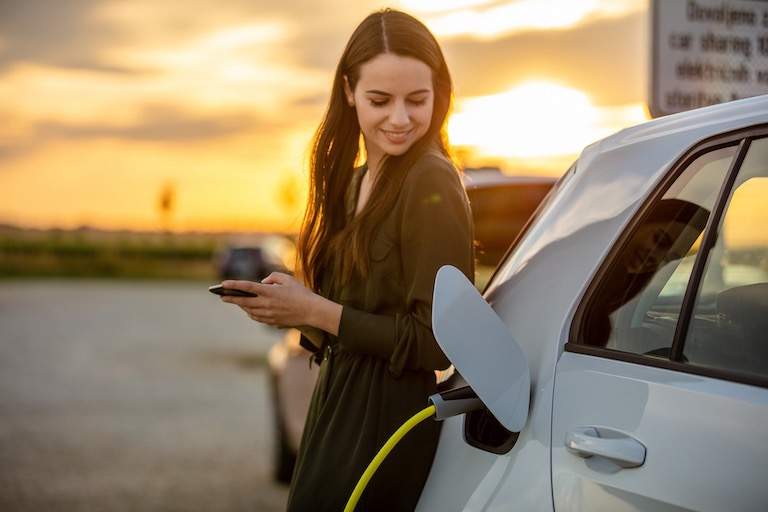
Electric Isuzu D-MAX ute confirmed for Australia
Prototype EV ute shown alongside mild-hybrid D-MAX in Thailand as Isuzu moves toward lower-emissions optionsIsuzu has unveiled a near-production battery-electric version of the hugely popular Isuzu D-MAX ute – the third biggest-selling vehicle in Australia last year behind the Ford Ranger and Toyota HiLux – and confirmed that the EV dual-cab will be offered in our market.
Shown in Thailand alongside a D-MAX with a mild-hybrid powertrain that’s also expected to get the green light for sale Down Under, the new D-MAX BEV, as it’s known, is Isuzu’s first electric vehicle and has emerged with a dual-motor/4x4 powertrain while retaining a 3500kg towing capacity and one-tonne payload.
The rear motor produces 90kW and the front 40kW, for a maximum output of 130kW, while torque is rated at 325Nm (217Nm rear/108Nm front).

Maximum speed is more than 130km/h, while energy is drawn from a 66.9kWh lithium-ion battery.
The D-MAX currently relies on a 140kW/450Nm 3.0-litre four-cylinder turbo-diesel, as well as a 110kW/350Nm 1.9-litre diesel.
While a spokesperson for Isuzu Ute Australia (IUA) said the local subsidiary was “unable to comment on specifics relating to future model plans”, the Japanese car-maker has made it clear that Australia is a key target market.

“Launching in select mainland Europe markets such as Norway in 2025, D-MAX BEV will be rolled out to the UK, Australia, Thailand and other countries based on market needs and the maturity of EV charging infrastructure,” the company said in its global press release.
The local spokesperson added: “As part of our due diligence, IUA will continue to monitor the local market requirements including the reception of hybrid and BEVs, and work with the factory to provide a product mix to meet Australian consumer needs.”



Meanwhile, the new hybrid powertrain combines the 1.9-litre four-cylinder turbo-diesel with a 48-volt mild-hybrid system.
No further details are available at this stage, but more information is expected when the two models make their public debut at the Bangkok motor show later this month.
Both electrified powertrains will be crucial for shoring up Isuzu’s operations in Australia, which have come under scrutiny with the federal government’s looming New Vehicle Efficiency Standard (NVES) that’s set to place tough measures on diesel-powered utes and large SUVs.

Related: Should I buy a Ford Ranger Wildtrak or Isuzu D-MAX X-Terrain?
Related: Isuzu Ute pleads for more consultation on federal emissions standard
Related: Top five new utes coming in 2024
For everything you auto know about EVs, listen to carsales' Watts Under the Bonnet: the electric car podcast


Please see our Editorial Guidelines & Code of Ethics (including for more information about sponsored content and paid events). The information published on this website is of a general nature only and doesn’t consider your particular circumstances or needs.
























